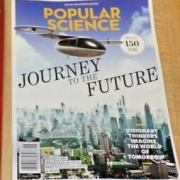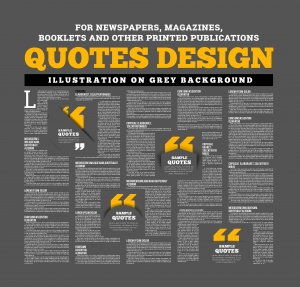Blogging This or That
For the same amount of money, Jeana Harris explains in Indianapolis Monthly, you could have a four-bedroom Roaring Twenties foursquare in Meridian-Kessler or a sleek two-bedroom downtown condo just five blocks from Mass Ave. Would you prefer a view of peaceful streets sheathed with mature trees, or a sixth-floor view of the city coming alive at night?
Unlike upselling, which involves encouraging the purchase of anything that would make your customer’s purchase more expensive with an upgrade, enhancement, or premium option, Sophia Bernazzani explains in Hubspot.com, cross-selling pitches other products or services that work together with the ones already owned by the client or customer. Investopedia.com points out that both methods are “suggestive”, requiring only marginal effort on the part of the sales professional compared with the potential additional revenue.
“Having a larger number of choices makes people feel that they can exercise more control over what they buy. And consumers like the promise of choice: the greater the number of options, the greater the likelihood of finding something that’s perfect for them,” Sheena Iyengar and Kanika Agrawal assert in The Art of Choosing. But not everyone agrees. “More Isn’t Always Better”, says Barry Schwartz in the Harvard Business Review. Research now shows that there can be too much choice, inducing “choice paralysis”, with consumers less likely to buy anything at all.
Can business blogs help potential clients and customers make better, sometimes complex, decisions? A possible path to achieving that precise result, we have found at Say It For You, involves suggesting questions readers can ask themselves while choosing among many options. (Do they want ease of use? Current functionality? Future capabilities?)
No, more isn’t always better, but companies that get the balance right will be amply rewarded, Schwartz concludes. Due to the natural “drip effect” of blogs .consistent posting of informational “this-or-that” content can help consistent marketers achieve that Goldilocks “Mmm…just right” result.






Follow us online!